-
Posts
2,763 -
Joined
-
Last visited
-
Days Won
59
Content Type
Profiles
Forums
Gallery
Downloads
Blogs
Events
Store
Aircraft
Resources
Tutorials
Articles
Classifieds
Movies
Books
Community Map
Quizzes
Posts posted by Garfly
-
-
As I understand it from the ATSB prelim report, there may, indeed, have been - in a sudden WTF moment - a case both pilots making opposite pitch commands by way of conventional yokes. But what's extraordinary is that, in this case, it seems an ATR safety system interpreted the anomaly as a jammed control and so - as a back up mechanism - gave each yoke its own half of the elevator. An elegant solution for a correct interpretation. However ...
Luckily the outcome was not disastrous but it seems to me to be part of a modern pattern: an all too clever system taking over and catching out pilots at a crucial, sometimes fateful, moment. The 'over elaborate design' hole in the swiss-cheese just waiting to line up with the CRM-problemo one - amongst others.
In some ways it reminds me of the 2008 A320 test-flight crash in France:
ACI makes the case that if only the all-too-subtle system-warning "revert to manual trim" had've been a big unmissable onethen things might have been different for them.
-
An angry American flyer/writer blogs back on Huff Post:
"Unfit for Publication: How USA Today Got Everything Wrong"
http://www.huffingtonpost.com/jeff-schweitzer/unfit-for-publication-how_b_5509253.html
-
 1
1
-
-
Posted on AOPA's 'AVIATION eBRIEF' today :
USA Today report "extremely flawed," AOPA says
A USA Today story, "Unfit for flight," published today gets the general aviation safety record wrong, it ignores efforts by the industry to make general aviation safer, and it violates basic tenets of fairness and accuracy when it comes to good journalism, AOPA said in response to the article. AOPA Online.
USA Today report:
AOPA response:
-
I was also really surprised to read that independent (split) elevator control for each yoke was a safety feature of the ATR72 (also the Dash8, apparently) available under certain circumstances.
So I went a googlin' to satisfy curiosity. (some results here attached)
I discovered that - as Andy says - it's there as an emergency measure in case of other control surfaces being disabled.
Still, I'd have thought there was a need of another level of protection to obviate this (quite imaginable) outcome. From my amateur perspective, anyway, it's hard to think of a quicker way to wreck your tail feathers than having one side going up and the other down, especially at speed up on a T.
Anyway it's informative what the experts are saying on Pprune (quote below). I also chanced upon a detailed article comparing the ATR72 and the Q400 which mentions this feature (quote at bottom).
This comparison of the two types is a fascinating read in light of this ATR72 event coming together with the report on the 2011 Dash8 accident near Madang (released yesterday by PNG's Accident Investigation Commission).
AirlinesPNG DHC-8-103 P2-MCJ accident final report:
http://www.aic.gov.pg/pdf/P2-MCJ%20AIC11-1010%20Final%20Report.pdf
VIRGIN ATR72 incident …
http://www.pprune.org/australia-new-zealand-pacific/538156-virgin-atr-grounded-albury-8.html
"FlexibleResponse" wrote:
"An explanation of the how the damage occurred is inferred, but not clearly explained in the updated ATSB Report IMHO. From the report, it would appear that one pilot (Capt) was pulling on the pitch control and the other pilot (FO) was pushing and that opposite load caused the disconnect of the two elevators as per the system design for elevator jams. After the elevators disconnect each pilot still had independent control of his respective side (L/R) elevator only (no elevator jam). The sum of the two pilot's pitch inputs at the time of disconnect and conflict over who was in control resulted in the + g overstress. The flight loads from the asymmetric highly deflected (assumption from high +g loads generated) elevator control surfaces (one elevator up and the other down) at near to Vne also caused excessive loads which resulted in structural damage to both elevators and including their attachments to the horizontal tailplane. In turn the asymmetric loads imparted on the horizontal tailplane gave rise to over design limit loading to the vertical stabiliser attachment and surrounding structure resulting in permanent deformation. Some damage was also done to the rudder. So far no reference has been made to whether or not the vertical stabiliser attachment points to the fuselage have also been damaged...but one would assume that the manufacturer's inspection has cleared that area.
The message to aviators from this event so far indicates that a strict handover/takeover of control must always be implemented in SOPs and strictly enforced."
Article comparing the Q400 and the ATR72
http://theflyingengineer.com/aircraft/proud-to-fly-a-turboprop-q400-vs-atr72/
EXCERPT:
Another situation that could lead to a partial or full loss of control could be a control surface jam. Both the ATR72 and the Q400 have a provision to disconnect the otherwise linked elevators, allowing for the captain or the first officer to have full authority over their respective, independent elevators. But in case of a control wheel (yoke) jam, ATR pilots have to do with nothing but the rudder and power levers to change the aircraft’s heading. Pilots who experience this during training find it very hard to control the aircraft. The Q400, on the other hand, can disconnect the captain’s controls from the first officer’s, allowing the captain to control the hydraulically operated roll spoilers, and the first officer to control the mechanically linked ailerons. Whichever gets stuck, allows for the other to be used.
-
 1
1
-
 2
2
-
-
It seems like they're planning on taking this Light Sport Geobat FS-7 to market in the US:
[MEDIA=vimeo]90223874[/MEDIA]
http://www.aerobataviation.com/Light-Sport-Aircraft-FS-7
http://www.tested.com/tech/robots/460940-designing-new-breed-flying-disc/
Also, following up David's post on Scott Winton I found this interesting old video on the Facet Opal:
-
 1
1
-
-
Absolutely Stoney! Look forward to it.
After all, Matt Hall says in the article that they're thinking of putting in a café.
And … just to drift about 700 nm off-topic for a moment ...
it is hard to imagine ours is going to be as nice as yours at Aldinga (note gentleman aviator taking his refreshment al fresco).
And, as pretty as it is on the NSW central coast, we may be struggling to match your Fabulous Fleurieu peninsular and your Murray Mouth.
But we'll do our best!
[Actually, we have do have the Hunter Mouth, too bad about old Charlie and the city, though. Keep your GA ticket current!]
-
 2
2
-
-
Looks like it might really happen this time:
-
 1
1
-
-
-
Fantastic Doc!
Pretty much has the whole bucket list covered, right there.
As you say, what an inspiring testament to joie de vivre in modern times!
A democratised, globalised cinematic spectacle of fun and action.
Cooked up nicely by a superb editorial eye and a real feel for the rhythm of life.
(After all that gotta go fly; at least take to the lake in the kayak. Now where' that GoPro charger!? ;-)
Thanks for posting!
-
 1
1
-
-
Actually I've discovered that there's a good essay by Phil Stonebanks on control system failure on this very site.
It's in Tutorials (Pilot Tools tab) in the Decreasing your Exposure to Risk section:
http://www.recreationalflying.com/tutorials/emergencies/stonebanks.html
And relevant others here:
http://www.casa.gov.au/wcmswr/_assets/main/airworth/awb/27/011.pdf
http://www.pilotoutlook.com/airplane_flying/loss_of_elevator_control
-
Nev, there's one thing that caught my eye in that accident report that you might shed some more light on :
"2.3.1. Management of the malfunction
The malfunction occurred at the top of the initial climb, passing through 350 feet, when the pilot retracted the flaps then adjusted the engine parameters. While he was adjusting the parameters with his right hand, he was holding the wheel with his left hand while pulling back to counter the pitch-down moment and stabilise the airplane on its flight path. It was only at the end of this process, which lasted nine seconds, that he would adjust the trim. It should be noted that the pilot was applying the procedure recommended by the manufacturer; the operator had reversed the sequence."
What it seems to be saying is that this pilot's technique - the one recommended by the maker - was to forcefully hold the stick back against pitch change - due flaps up - whilst busy adjusting power for the climb. I think they're saying that this typically took fully nine seconds. (The report's precision seems to have lost something in translation.) Now, presumably, the other method - the one in the ops manual? - was to take some load off the elevator with trim before attending further to the thrust. Is that what they mean? As it happens, I suppose, had the pilot done it that way on the day, the flight may well have ended normally 8 minutes later. (Albeit, just postponing the inevitable.)
Anyway, are these alternative methods a point of debate in the industry? What's the thinking behind them?
I was also wondering if the preferred method in the DHC-6 might relate to the positioning of the controls. I believe the trim wheel is right down by the right side of the captain's seat while the thrust levers are way up in the ceiling.
But, in any case, Nev, I'm sure there'd be a lot of us here more than keen to hear the yarn about your own elevator failure in an airliner. You say it was a non-event … but how did you manage the approach and landing? They must have had the equipment standing by for you, at least, no?
P.S: While we're on about the old Twotter … herewith, shots of one in and out of St. Barth (where, famously, the final approach slope and the slope on final approach are pretty much the same thing ;-)
-
One of the interesting recommendations of the French investigation was that training in the handling of a control system failure ought to be introduced into both the CPL and the PPL syllabus.
Probably all the more recommendable for us in our very lights.
Old Koreelah wrote:
"Cables are an easy way to link controls, but they need maintenance. There have been recent corrosion issues with swaged SS cables, with replacement required."
Yeah, subtle metallurgical faults in small easily overlooked parts can so easily turn nasty on us.
Just last year, for example, BestOff Aircraft Australia urgently warned the SkyRanger community that a bad batch of Stainless might have found its way into some imported kit shackles and elevator joiners and that they all should be closely checked before further flight.
http://fr.scribd.com/doc/150567880/Service-Bulletin-2013-02-GB
The Service Bulletin includes this little video suggesting a handy little test by magnet:
Paul Dewhurst, of Flylight, the UK SkyRanger importer posted this about it:
"As I understand it, it isn't directly a corrosion issue. - although a secondary give away is that the material will corrode gently. The problem according to Aeros is that the problem material changes its crystalline structure when bended or welded, which weakens it, and it weakens further over time when subjected to a steady load.
As for the merits of 4130 or similar steel, its not a strength issue here - as designed it is well over strong.
And for steel corrosion is a perennial problem, and hence needs careful treatment, and coatings, which can then hide any cracks and makes inspection more difficult, compared to stainless steel. Also if the coating isn't done well rust forms underneath, and any scratches that break the surface also let the rust form. So much higher maintenance and less inspectability than stainless. Lots of problems with older aircraft with steel fuselages and wing struts rotting from the inside out in our small wet island home
Connector parts like shackles that bear and move in contact to the cable thimbles are better off in stainless than steel for the rust issue too.
So for home maintenance type little planes the wysiwyg properties of stainless are useful.
The problem here is not the properties of stainless steel per se, its that a batch of an unsuitable grade was erroneously supplied.
Regards
Paul Dewhurst
Flylight Airsports ltd "
A video on the subject - how to go about checking and testing the suspect parts in situ - was posted by a french SkyRanger guy:
https://www.youtube.com/watch?v=_jPYY1qk6sI
We don't need to understand the French language to know what he's on about. Thanks to the Norman Conquest, we can easily get the drift, especially of his conclusion: "You must be extremely vigilant. You can just imagine the consequences!"
And more vividly now, after Terror in Paradise.
-
Nev, according to the full BEA report, yes, the trim wheel might well have saved the day but there wasn't time for him to work that out and try it.
Actually, I was wondering what the effect might be in a typical ultralight of an elevator cable/linkage failing in flight.
Let's say for both cases; where there is and is not an independent trim pitch control.
Is it likely that the elevator would just align with the slipstream or, rather, tend to snap up … or down? Or go into flutter mode? Or, heaven forfend, all the above, in turns!?
And what, then, are the range of possible pitch outcomes. (Okay, we now know one.)
And is it likely (let's assume 4,000' rather than 400' ) that we might re-establish a degree of pitch control by way of flaps and throttle?
Good if we could be better prepared for such a fail than this poor guy was.
By the way, the full BEA report on the Air Moorea crash is available here.
It's a great read but it's an almost 30Mb download so here's a screen shot of the bit related to your question.
http://www.bea.aero/docspa/2007/f-qi070809.en/pdf/f-qi070809.en.pdf
-
This one, on the crash of a Twin Otter - Air Moorea Flt 1121 - is closer to home for our type of operations.
https://www.youtube.com/watch?v=sr_FtoVXyac
-
-
-
Stoney wrote: "The wonderful pilots of the water bombing aircraft and their spotters, both fixed wing and rotor, helping to keep us safe from bush fires … Whoever you guys are, a very heartfelt thankyou, I salute you."
Well, I hope it's not talking out of school to reveal that one of those flyers is our own (rather shy) "Student Pilot".
Go figure! …. with something like 25,000 hours at the stick you'd think ol' Stude would have graduated by now, no?
(Okay, he does run out of fuel occasionally - but only in his vintage Land Rover ;-)
-
 4
4
-
-
-
Okay, Gary … thanks for the extra clues.
So here is my my next guess. Kingscote - YKSC - on Kangaroo Island.
Maybe you had to make it just a touch and go because it was getting late. Too bad. Looks like a nice place to explore.
I suppose you could arrange to be met by a hire car, no? Anyway I'd definitely love to go there one day.
-
Well, Gary, now I'm confused.
But, if nothing else, my knowledge of the Adelaide area - especially the airports - is really improving.
Now, if I took that 4,500' comment as a clue I might conclude that your entire flight took place under the YPAD 36 DME step and/or that a westerly course was involved. And both of those do fit Aldinga and Goolwa. But, darn it, neither seems to match the sat pics.
(This feels just like DR navigation when the place you REALLY, REALLY want it to be insists, in some pesky detail, on being just a bit anomalous. (EFBs have come along just in time … as an aid to situational awareness. ;-)
So, anyway, what the heck, I'm going instead for YKIG (Kingston) because it just fits the pic better.
Any cigar this time? And a check-ride pass?
Gary.
-
It's beginning to look like a bit like YPOD. I guess that a Portland round trip from Murray Bridge would just about be in range for your J230, though a good four hours straight at best speed … a bit more than a relaxing afternoon's jaunt. So, not so sure ...
-
Yay!! Stoney!! Clear to land.
-
-
No, sorry Mr Gnome … it's not Porepunkah either.


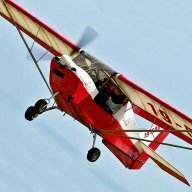
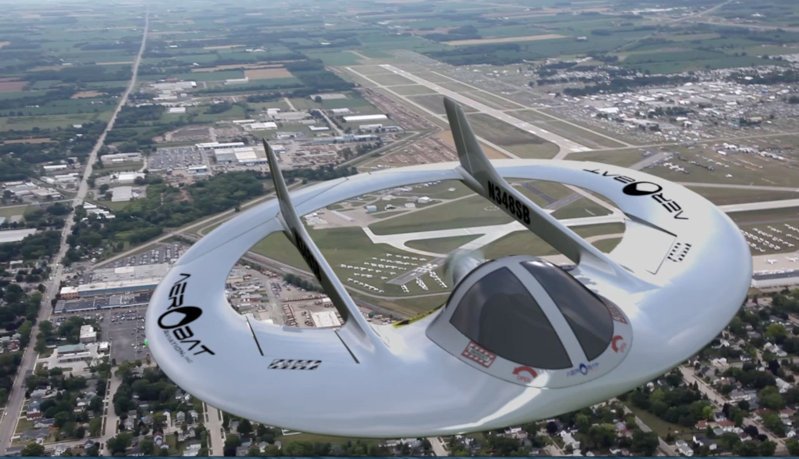

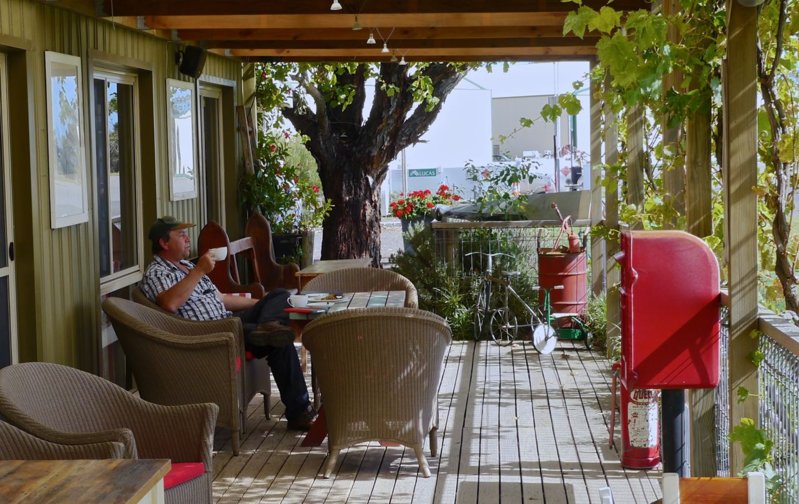
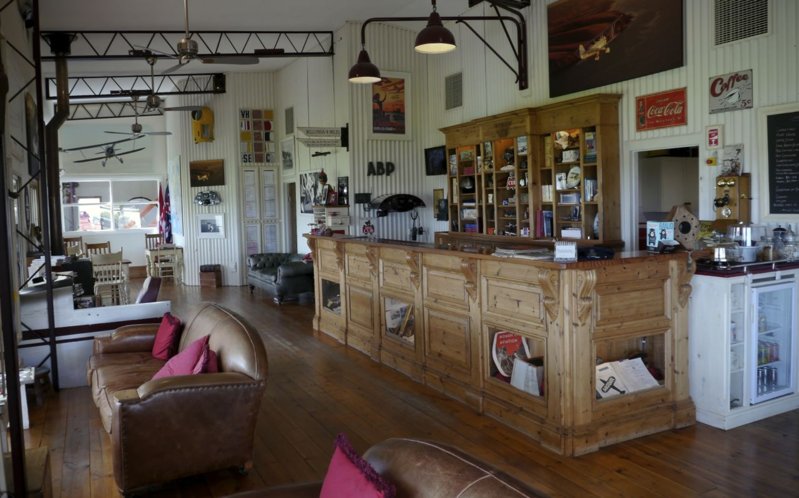
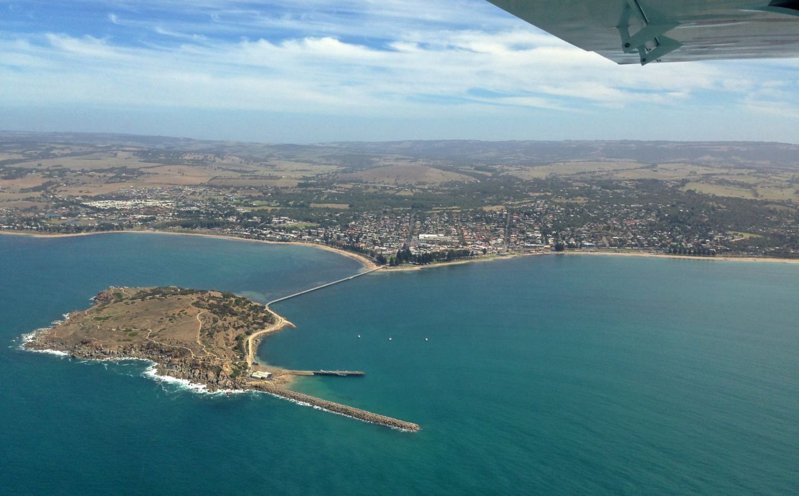



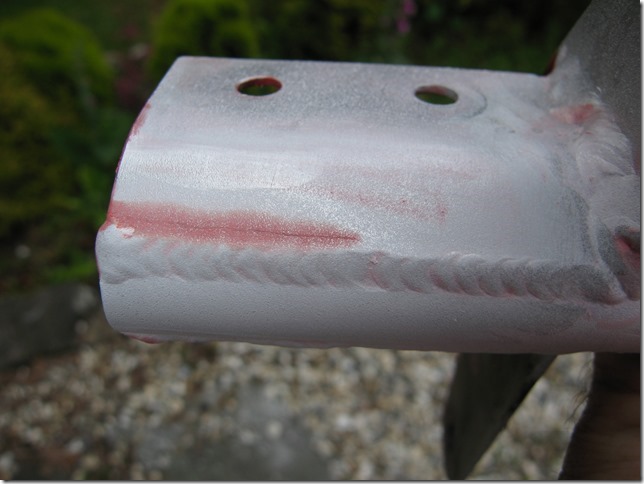
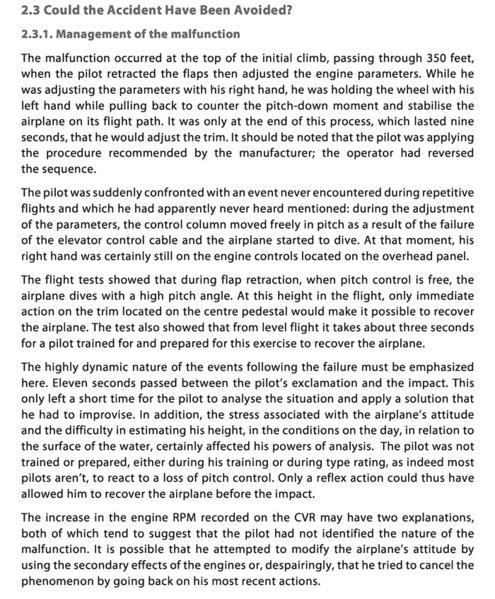
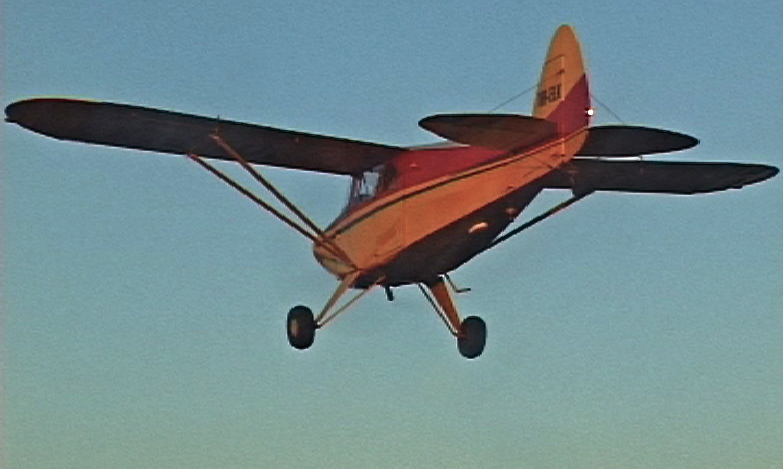
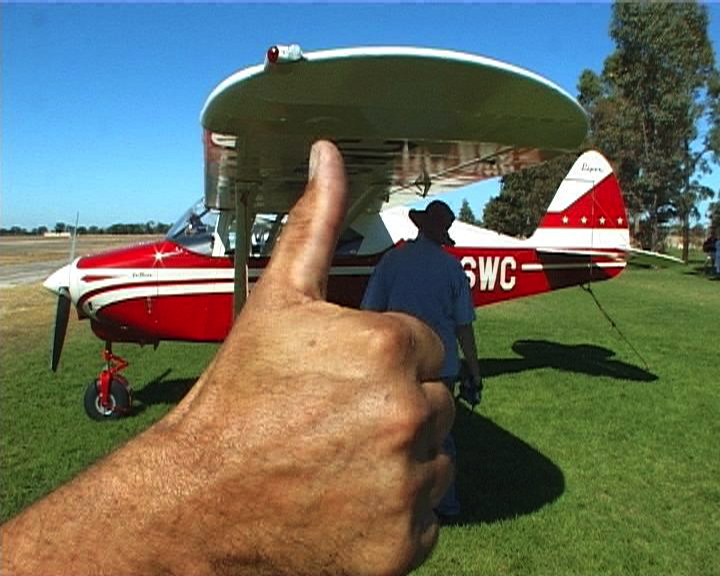
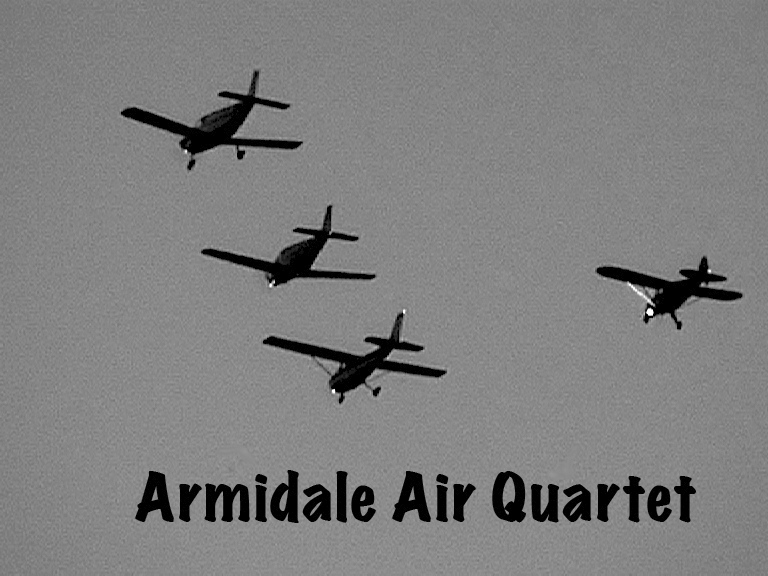

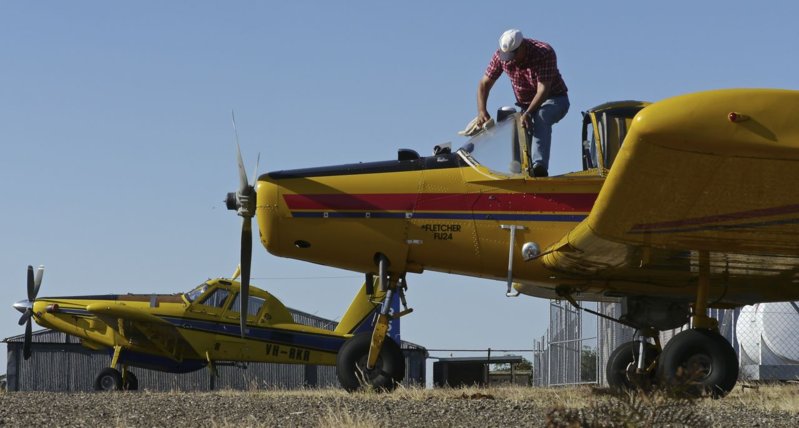
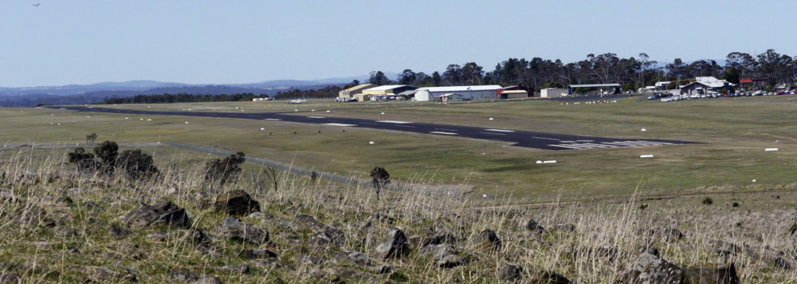
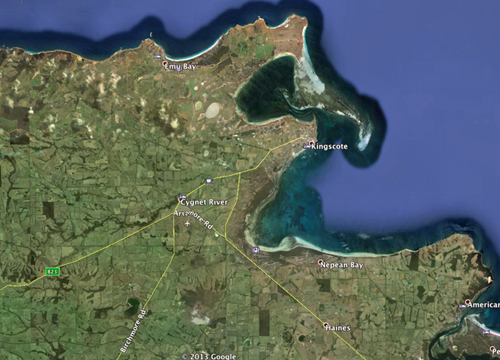
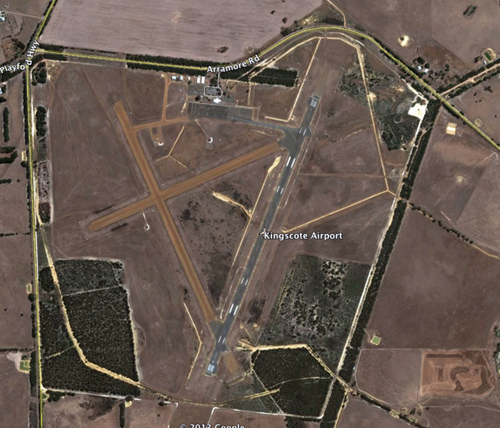


Worrying new UAV laws.
in AUS/NZ General Discussion
Posted
This news story tells of the near miss of a UAV with a rescue chopper at night near Newcastle a few months back. I suppose this kind of operation will be most at risk if the green-laser brigade, along with hobbyists and small 'pro' operators, take to the skies in huge numbers without let or hindrance. The article also throws light on CASA's attitude as well as that of the currently legal commercial operators.
This thing has all happened so fast; the toothpaste is out of the tube and nobody knows how to get it back.
http://www.theaustralian.com.au/business/aviation/near-miss-ups-ante-over-maverick-drone-operators/story-e6frg95x-1226873913950#